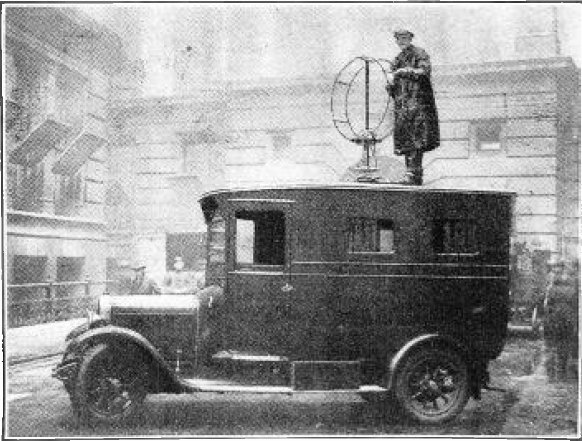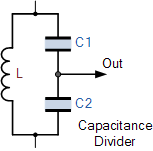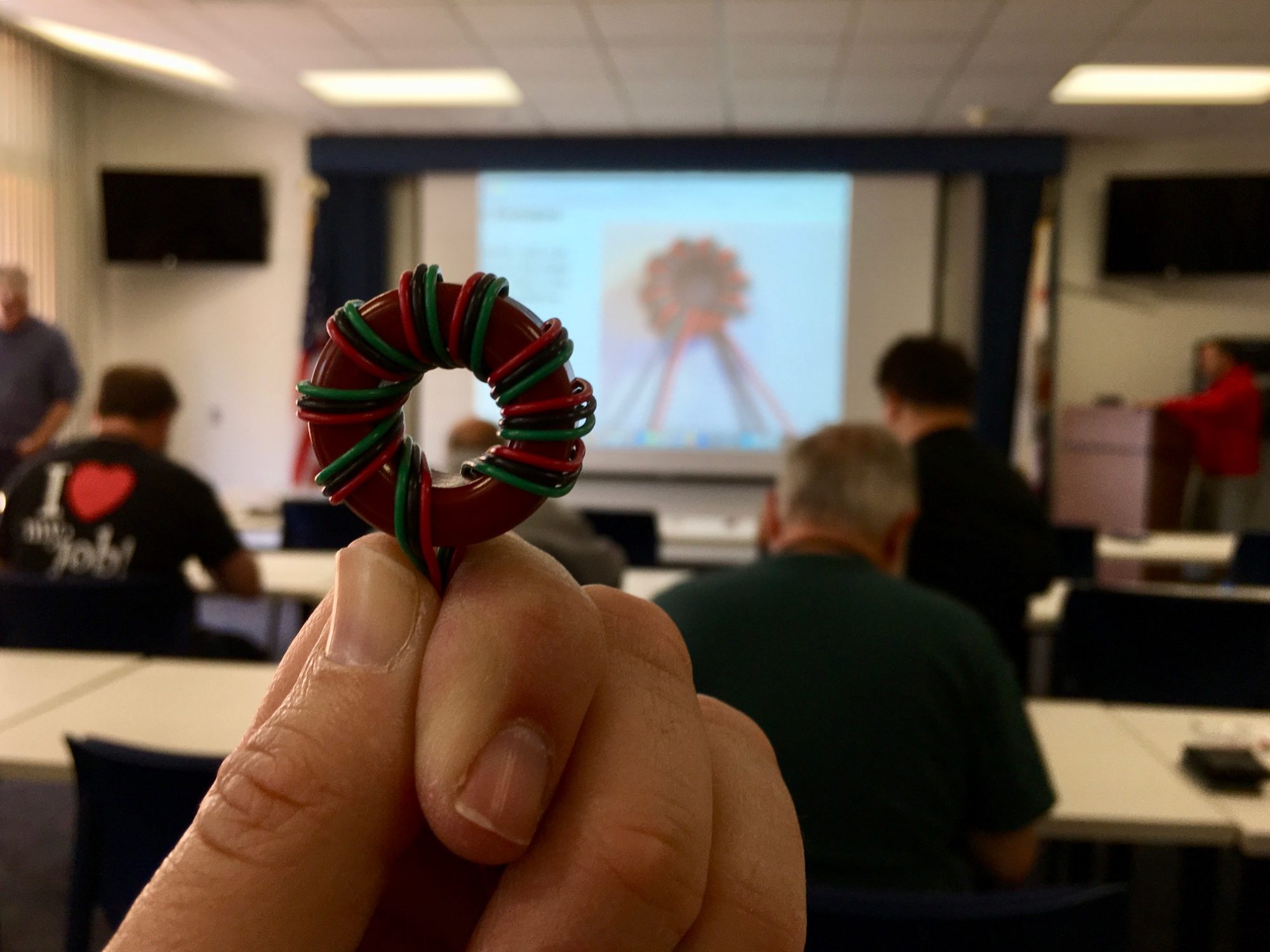
A nearly 100-year-old inference problem was caused by radios using “positive feedback” which is found in oscillator circuits that are at the heart of today’s amateur radio equipment. This picture is of a radio direction-finding truck used by the British Post Office in 1927 to find illegal radio transmissions. At the time, the post office regulated radio communications in Britian. The truck was used to track down radio transmitters operated by unlicensed radio amateurs. It was also used in London to track down “bloopers” – regenerative radio receivers that produced interference.
The regenerative radio was one of the most popular types of radios during the 1920s. It used a vacuum tube with positive feedback that operated very close to its oscillation point. When improperly adjusted it would radiate a signal that could produce shrieks and howls in nearby receivers. This became such a problem that the British post office used this truck to track down the improperly radiating sets. In the back of the truck there was a sensitive three-tube radio receiver attached to the loop antenna on the roof, which could be rotated to detect where the offending signal originated. They would drive the truck to the owners’ home and give them a warning and information on how to prevent the problem.
The U.S. eventually also prohibited receivers from radiating interference. By the 1930s, due partly to the interference problem, the regenerative receiver became obsolete and was superseded by other receiver designs such as the superheterodyne receiver.

Today regeneration, now called positive feedback, is used in oscillator circuits, one of the basic building blocks of amateur radio equipment. Think of the oscillator as an amplifier with a tuned circuit that produces positive feedback. The turned circuit might be an LC circuit or a crystal. The value of the components in the tuned circuit determines the output frequency of the oscillator.
From the Extra Class license exam:
QUESTION: What are three oscillator circuits used in amateur radio equipment?
ANSWER: Colpitts, Hartley and Pierce
